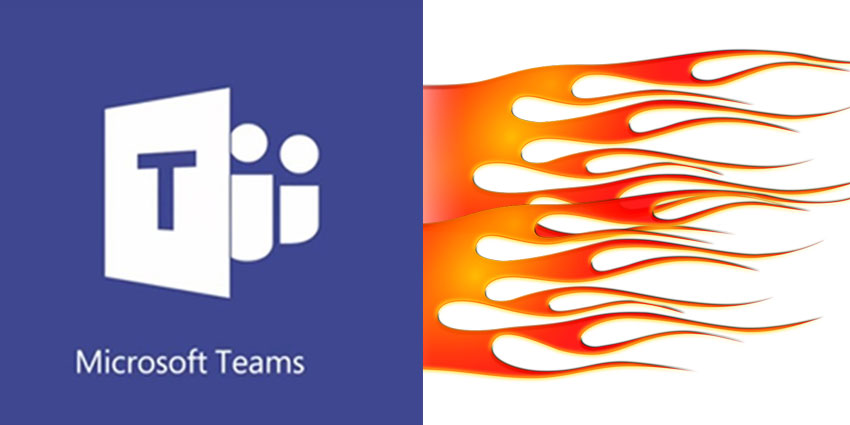In 2017, Microsoft left the world of enterprise communications in a state of uncertainty and unease when they announced that they would be starting the transition from Skype for Business, to Microsoft Teams. Fortunately, for those who were concerned, the company quickly made strides to enhance the Teams experience for users making the change, adding a range of updates including “Calls” functionality, call back features, screen control, and much more.
This Spring, Microsoft revealed their latest update, highlighting that the Microsoft Teams service will be completely compatible with the Skype for Business client. The hope is that by making interoperability a priority, Microsoft can help users to make a more seamless upgrade to the Teams platform.
Making the Move to Microsoft Teams
Microsoft is keeping Skype for Business on their roster for now to ensure that the change in UC clients isn’t too much of a culture shock for their users. According to the April Update release issued by the company, the brand expects users in certain companies to be using both Skype and Teams at the same time. Rather than asking the community to switch awkwardly between applications, the interoperability feature will ensure a more natural experience for companies.
Aside from the new interoperability feature, the April release also announced that Skype for Business contacts can be imported to Teams too. This means that you won’t have to worry about switching your contact list over. Presence states will sync naturally between services, so people can see which of their co-workers are available, regardless of their preferred service.
Additional April Updates to Microsoft Teams
As well as the more major updates detailed above, Microsoft will also be adding some smaller upgrades to the Teams experience for Spring. For instance, three new languages are on the roster, including Vietnamese, Romanian, and Indonesian. Additionally, users can also create up to 200 separate channels for each team – making it easier to segment and organise groups within a larger workforce or enterprise. Further new features include:
- Out of office messages can be set for employees who are on vacation or travelling
- Guest access and account switching are now available for Android and iOS apps
- An “Admin Centre” feature is now available on Skype for Business and Microsoft Teams
- Retention policies are now available for Teams on the Office 365 compliance and security centre







